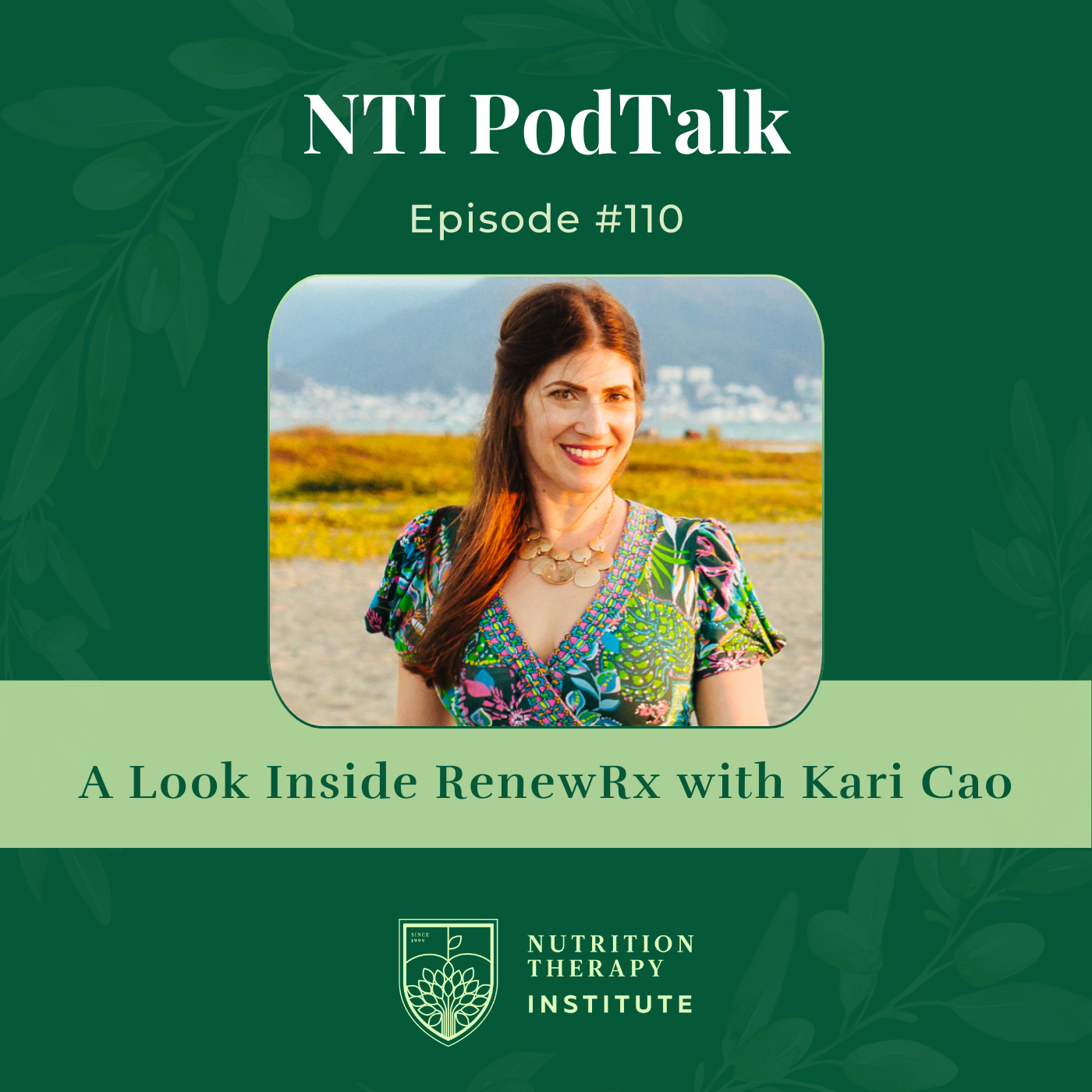
Share this post!
“Sleep is the golden chain that ties health and our bodies together.”
-Thomas Dekker
There’s no denying that sleep is essential for mental and physical health, quality of life, and personal safety. Sleep rejuvenates all the cells in all our body, with important implications for the immune system, metabolism, the brain, and more.
Despite its importance, good sleep can be difficult to come by for many people. According to the National Institutes of Health, 1 in 3 American adults aren’t getting the recommended 7-9 hours of uninterrupted sleep per 24 hour period and a staggering 50-70 million Americans experience disordered sleep patterns.
Sleep is a major topic, so for this week’s blog I chose to focus on melatonin. We’ll cover what it is and how light and holistic nutrition have an influence over this hormone.
Let’s start with learning a little bit about melatonin.
Melatonin is an Ancient Molecule
Melatonin is pretty miraculous. Originally used as an antioxidant by plants and ancient bacteria, melatonin evolved to its modern roles in animal and human physiology as a regulator of sleep and circadian rhythms, an ally to the immune system, and an agent that can halt the spread of cancer.
Plants, bacteria, yeast, fungi, animals, and humans – basically all living things – are all able to synthesize melatonin from an amino acid precursor called tryptophan.
In humans, tryptophan is converted to melatonin in a few enzymatically controlled steps. First, tryptophan is converted to 5-hydroxytryptophan (5-HTP), which is then converted to serotonin, and finally to melatonin.
This process occurs within the pineal gland, a small, pinecone shaped gland in the brain. Dubbed the darkness hormone, melatonin is produced nearly exclusively at night because the signal to the pineal gland is inhibited by the detection of light.
Melatonin’s role is to convey information about light/dark cycles to synchronize the cells of the body who can’t otherwise sense these stimuli. As melatonin circulates throughout the body, it binds with receptors to trigger physiological changes that promote rest, rejuvenation, repairing tissues, and lowering inflammation.
Controlling Light Intake to Maximize Melatonin
Photoreceptors of the eye called retinal ganglion cells detect light using a pigment called melanopsin. They deliver light information to a region of the brain called the suprachiasmatic nucleus (SCN), which relays the signal to organs like the pineal gland. Interestingly, these receptors aren’t responsible for vision, and they work when our eyes are closed and in the visually impaired.
Controlling your intake of light is a great way to manipulate your sleep/wake cycles should you desire to do so. The retinal ganglion cells are most sensitive to light in the two hours before you go to bed and one hour after rising. During this window, your light viewing behavior will have the most impact on your circadian rhythm.
If you have a difficult time falling asleep, avoid viewing bright light, particularly highly energetic blue light, in the two hours before your desired bedtime. Bright light exposure late in the evening is shown to suppress melatonin production, which is likely to interfere with the ability to fall and stay asleep through the night.
Conversely, if you have trouble waking up, try to view bright light within one hour of waking, preferably from the sun, as it provides more lux (the unit of light energy measurement) than artificial lights, even when the solar angle is low or if it’s a cloudy day. This will help reset your “sleep timer”, helping to establish sleepiness earlier in the evening and promoting an earlier wake up time.
Light is without a doubt the most powerful tool that affects our circadian rhythms, though there is another mechanism that influences temporally driven behaviors and that is the timing of our food intake.

Chrononutrition
Light determines the circadian clock, the central time management system of the body, and dietary habits help determine the rhythm of the peripheral tissues, such as digestive organs like the liver or the pancreas. The study of the effect of holistic nutrition and circadian rhythms is called chrononutrition.
Chrononutrition considers the effect of two factors:
- The effect of certain nutrients or foods on the circadian clock (i.e. caffeine)
- How meal timing affects the internal clock by either reinforcing or undermining natural circadian rhythms
For example, the regular timing of eating restricted within typically waking hours reinforces the circadian clock, which includes the coordinated actions of hormones such as leptin, ghrelin, and even insulin.
Consider the pancreas. Like other peripheral organs, it is under the control of circadian rhythm. In humans, insulin levels drop during the night and our bodies become less sensitive to its effects, which is an important protective measure to keep blood glucose levels consistent during times when humans don’t normally eat.
New research suggests that melatonin may be partly responsible for keeping insulin levels low at night, thanks to the discovery of melatonin receptors on pancreatic islets. In light of this evidence, it would be wise to avoid consuming meals within 2 hours of bedtime and during the first hour after waking to avoid spikes in blood glucose when melatonin is circulating.
High Carbohydrate Meals and Sleep Onset Latency
In another interesting study of chrononutrition, researchers assessed the effect of the glycemic index (GI), which is a measure of how quickly foods raise blood sugar levels, and timing of meals with measures of sleep quality. The experiment tested high GI meals versus low GI meals and their effects if they were consumed 4 hours before bedtime or 1 hour before bedtime.
The researchers hypothesized that the high GI index meals would improve sleep quality because they raise the relative concentration of tryptophan in the bloodstream. The basis for this hypothesis is that the action of insulin, which is more prevalent following a higher GI meal, encourages the uptake of other large neutral amino acids (LNAA), such as tyrosine or methionine, by muscle tissue, but not tryptophan as it is bound to albumin.
Therefore, following the high glycemic meal, the ratio of tryptophan to other LNAAs is higher in the bloodstream and tryptophan is more available for uptake by the brain for conversion to serotonin and melatonin.
Results from the study showed shortened sleep onset latency (SOL), which is the amount of time it takes to fall asleep, in the group consuming the high GI meal 4 hours before bedtime compared to the same meal one hour prior to bedtime and the low GI group. No other changes or improvements were noted, including a measure of urine metabolites of melatonin.
Though this study hardly shines any light on the complex debate of proper macronutrient ratios, it does reinforce the importance of tryptophan in regards to nutritional support for optimum sleep.
Tryptophan
A recent review article highlighting the major themes in diet and sleep research reiterates the importance of tryptophan in the diet, as it is the precursor to serotonin and melatonin.
In general, research shows that tryptophan intake improves measures of sleep quality, including SOL, total sleep time, and number of waking episodes, while tryptophan deficiency is associated with poorer sleep quality.
Tryptophan is an essential amino acid, which means humans must acquire this nutrient from diet. Foods rich in tryptophan include:
- Turkey/chicken
- Beef
- Lamb
- Pork
- Tofu
- Fish
- Edamame
- Beans – white, kidney, pinto, black, lentil
- Milk
- Pumpkin seeds
- Oatmeal
- Eggs
- Peanuts
- Bananas

Melatonin is in Foods Too!
Most melatonin comes from production in the pineal gland during periods of darkness, but plants and animals also synthesize this compound for their own use. Therefore, many foods we eat contain melatonin.
Foods containing melatonin include:
- Nuts and seeds, particularly pistachios, walnuts, and peanuts
- Cranberries
- Eggs
- Fish
- Mushrooms
- Legumes – sprouting greatly enhances melatonin content
- Grains, like rice (especially pigmented varieties, like black rice) and wheat
- Medicinal herbs, including feverfew and St. John’s wort
A Note on Supplementation
It’s no wonder that many consider melatonin supplements in the quest for better sleep given its importance in sleep behavior. Remember though, that melatonin is a hormone, and it’s always wise to be cautious and evaluate your situation with your doctor.
Most products on the market provide doses of melatonin far exceeding the body’s natural production. Furthermore, it’s difficult to know how much supplemental melatonin is absorbed and how long the effects last in the body.
It’s important to know that there are many factors involved in establishing healthy sleep patterns and equally as many factors that can derail our best intentions to slumber peacefully. Medications, caffeine, alcohol, artificial lights, caretaking, stress, illness, and so many other aspects of diet and lifestyle may contribute to poor sleep.
A Recipe for Success
I hope this article gives you some inspiration to improve your slumber habits. In lieu of a recipe, I encourage you to evaluate your light viewing and meal timing habits and consume foods rich in tryptophan and melatonin. Consistency is of the utmost importance when it comes to sleep, so relax and make small changes that will add up to a great night’s sleep.
Related topics…
Want to learn more about how sleep can have an impact on health, weight loss, and fitness?
Check out these other great articles 👇👇👇
Obesity, Hormones, Sleep and the Connection Between Brain Activity and Body Weight
Brain-Derived Neurotrophic Factor Is a Great Reason to Exercise
About the Author: Karyn Lane is working towards her holistic nutrition certification in NTI’s Nutrition Therapist Master Program. She finds her chemistry degree a useful tool in her study of holistic nutrition and loves to treat herself as a laboratory for new recipes and cooking techniques. You can follow her on Instagram @feel.alive.nourishment.
About Nutrition Therapy Institute’s Holistic Nutrition Certification
Nutrition Therapy Institute (NTI) is a leader in holistic nutrition education. Since 1999, NTI has provided students with the highest quality nutrition training by offering comprehensive holistic nutrition courses online and in-person to help students achieve thriving careers as holistic nutrition therapists in the field of holistic nutrition counseling and wellness. Check out our 3 course formats to see how going to school can fit into your life, not the other way around.
Images: Image by cuncon is free for use from Pixabay; Image by obpia30 is free for use from Pixabay; Image by PublicDomainPictures is free for use from Pixabay
Share this post!




















